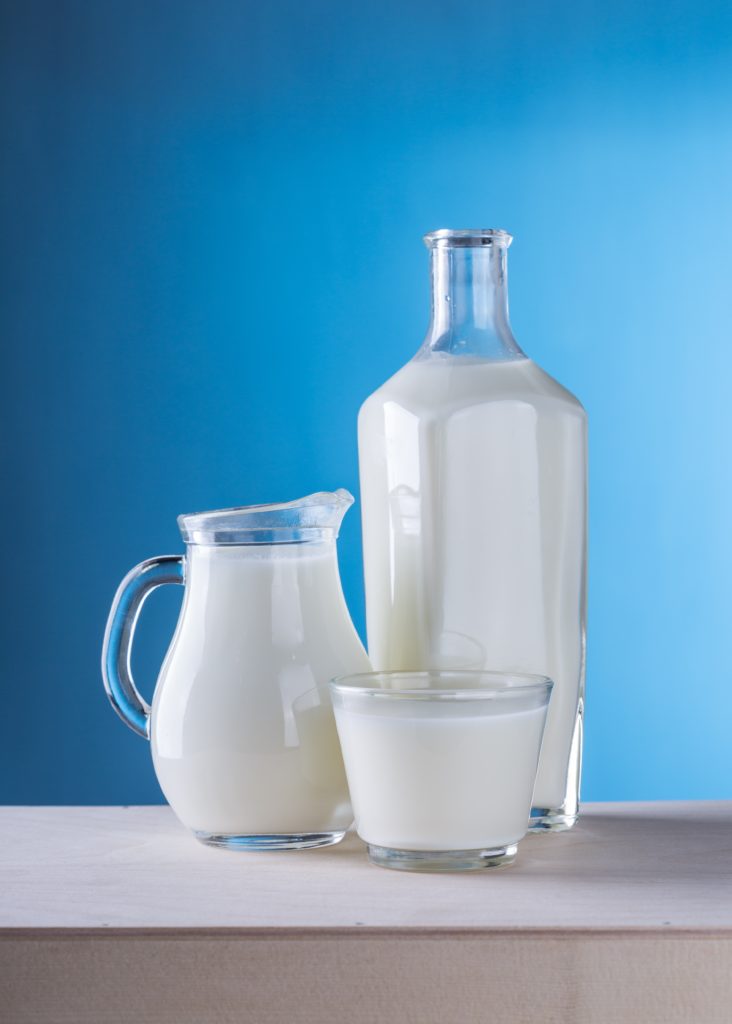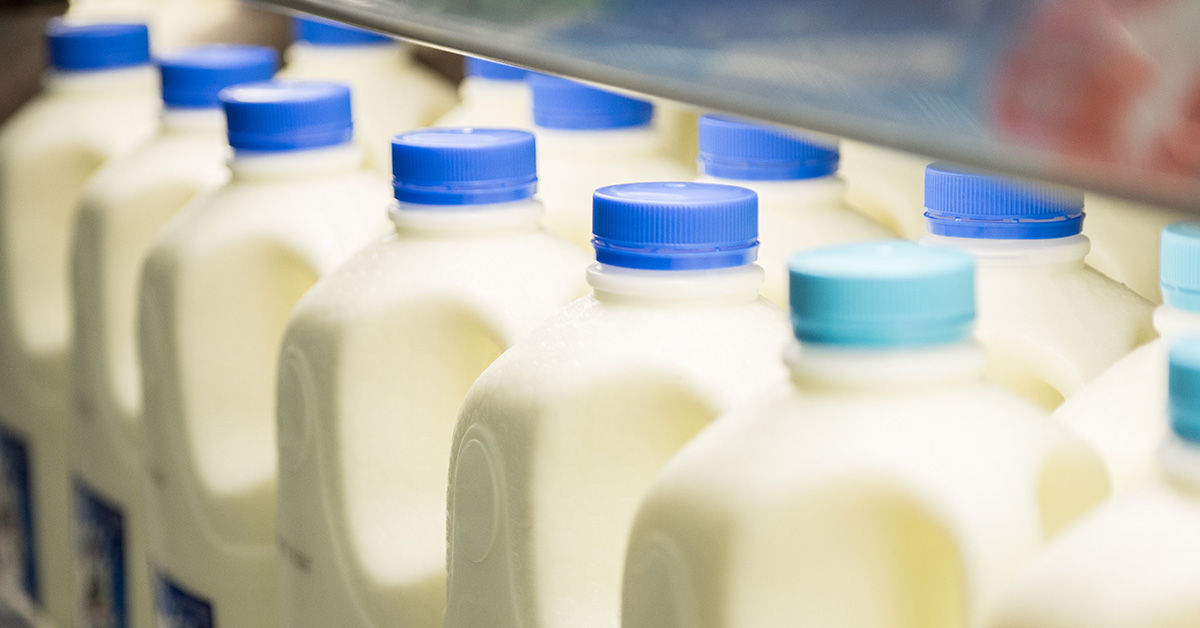Where do you live in the world? Well, if it’s America, you probably assume it’s normal to refrigerate milk. However, the rest of the world might disagree. To fully understand this seemingly weird practice of refrigeration, we need to take a look at some science- yay!
Why do Americans Refrigerate Milk?
You get home with a car full of groceries, and you go to unpack everything. Dried goods and cereals are neatly placed in your pantry, meats in the freezer, and milk and eggs in the refrigerator. If you were almost anywhere else in the world, those last two items would be left out and not placed in a fridge. But why? Before you start shouting at your screen with worries of food poisoning or salmonella, there are a few things you’ll need to understand.
Read More: Why Independent Farming in America Is Close to Extinction
Firstly, we need to get a full picture of how milk is processed before we can understand the differences. The majority of consumable milk is pasteurized. This means it has to undergo extreme heat so all those pesky illness-causing bacteria can be killed. Now, Canada and the States use a specific type of pasteurizing with a method called HST or HTST, which means high-temperature short-time pasteurization. This is a more affordable and more efficient technique to pasteurize because it allows the milk to be processed in massively large batches at the same time. Unfortunately, there is a downside as well. Due to the extreme heat and reduced pasteurization times, this type of milk has a much shorter shelf life. Typically, HST or HTST milk lasts around 7 – 10 days and absolutely must be refrigerated.

Other Countries Use a Different Proccess for Their Milk.
So what do other countries do? Well, they don’t refrigerate milk. It’s not because they don’t want to, but rather that they don’t need to. Thanks to a process called ultra-high-temperature or ultra-heat-treated pasteurization, or UHT for short, milk can be a long-life product. With the UHT process, milk is heated to an even higher degree than with HTST, and makes milk stay fresh for anywhere from 6 – 9 months outside a refrigerator. Of course, once opened, it needs to be consumed within 7 – 10 days.
Around the mid-1990s, an Italian company named Parlamat attempted to sell UHT milk in American markets, but the idea never gained traction. Even though the product lasted longer, and would likely have benefited both people and dairy companies in multiple ways, Americans wanted to refrigerate milk instead of keeping it on a shelf. So, you won’t see a UHT option available today in many places if you’re in the States.
Read More: Are cheaper eggs just as nutritious as organic or free-run options?
Americans Also Refrigerate Eggs.
Okay, we’ve gone over why you may or may not refrigerate milk, but what about chicken eggs? As with most temperature changes in food, extreme heat or cold is usually meant to remove harmful bacteria. Even though Americans are ingrained with a mentality of ‘everything must go in the fridge!’ the truth is that some stuff is better left out. Gasp! I know, it’s shocking, but there’s a reason why eggs are usually left out of the refrigerator.

Salmonella is the number one cause of food poisoning in the world. Also, it’s much more dangerous than most people realize. It can turn up on the outside of chicken eggs due to contamination and feces from overcrowded chicken farms as well as a few other reasons. When a chicken egg is hatched, the outer shell contains cuticle. It was in the 1970s when America perfected the art of egg washing, and as soon as chickens laid their eggs, they were washed in a very specific method. This process removed all potentially harmful bacteria from the outside of the shell. However, it also removed the cuticle. Why does that matter? Well, without the cuticle, the eggs can’t keep water and oxygen in, or harmful bacteria out. Hence, the mass refrigeration of chicken eggs.
In Europe, it was made illegal to wash chicken eggs before selling them, and instead, a new method was enacted to reduce potential salmonella contamination. Chickens were vaccinated against salmonella, and eggs were sold without being refrigerated. The results show that in 2000, the UK went from 14,000 cases of salmonella egg-related food poisoning cases to nearly 50% less in the following years.
Now that you have some information on why American’s refrigerate milk and eggs, you can share this with your friends!
Keep Reading: Millennials are Bringing Back the Milkmen

